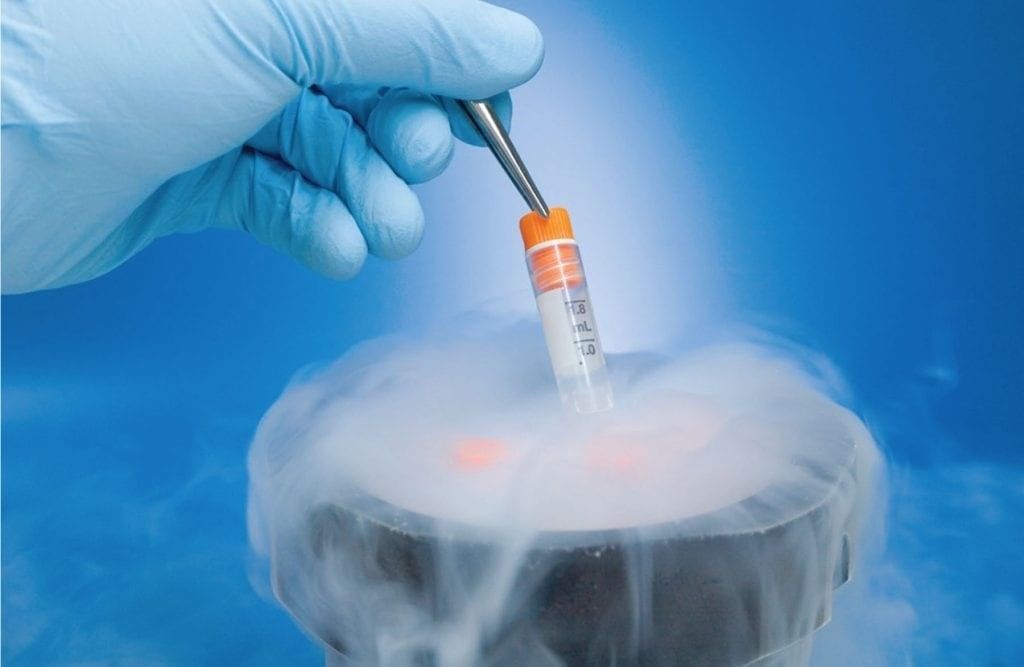Frozen Embryo Transfer (FET)
A frozen embryo transfer, or FET, is a sort of IVF Treatment where a cryopreserved fetus made in a full IVF cycle is defrosted and exchanged to a lady’s uterus. The cryopreserved embryo might be from a lady’s past regular IVF cycle, or it might be a donor embryo. On the off chance that a donor embryo is being utilized, the embryo isn’t genetically related to the woman or her partner.
More often than not, a frozen embryo transfer happens when there are “additional” embryos after a regular IVF cycle. A “new” exchange is typically liked. However, some doctors are recommending elective frozen embryo transfer — also referred to as a “freeze all” approach—where a crisp exchange isn’t endeavored. For this situation, all embryos are cryopreserved and moved in a FET cycle in the following month or thereabouts.

Procedure
The embryo transfer strategy begins by setting a speculum in the vagina to picture the cervix, which is washed down with saline solution or culture media. A delicate exchange catheter is loaded with the embryos and gave to the clinician after affirmation of the patient’s character. The catheter is embedded through the cervical waterway and progressed into the uterine pit.
There is great and steady proof of advantage in ultrasound direction, that is, making an abdominal ultrasound to ensure correct placement, which is 1–2 cm from the uterine fundus. There is proof of a critical increment in clinical pregnancy utilizing ultrasound direction contrasted and just “clinical touch”.
Anesthesia is generally not required. Single embryo transfers in particular require accuracy and precision in placement within the uterine cavity. The ideal focus for embryo arrangement, known as the maximal implantation potential (MIP) point, is distinguished utilizing 3D/4D ultrasound. However, there is restricted proof that supports affidavit of developing lives in the midportion of the uterus.
